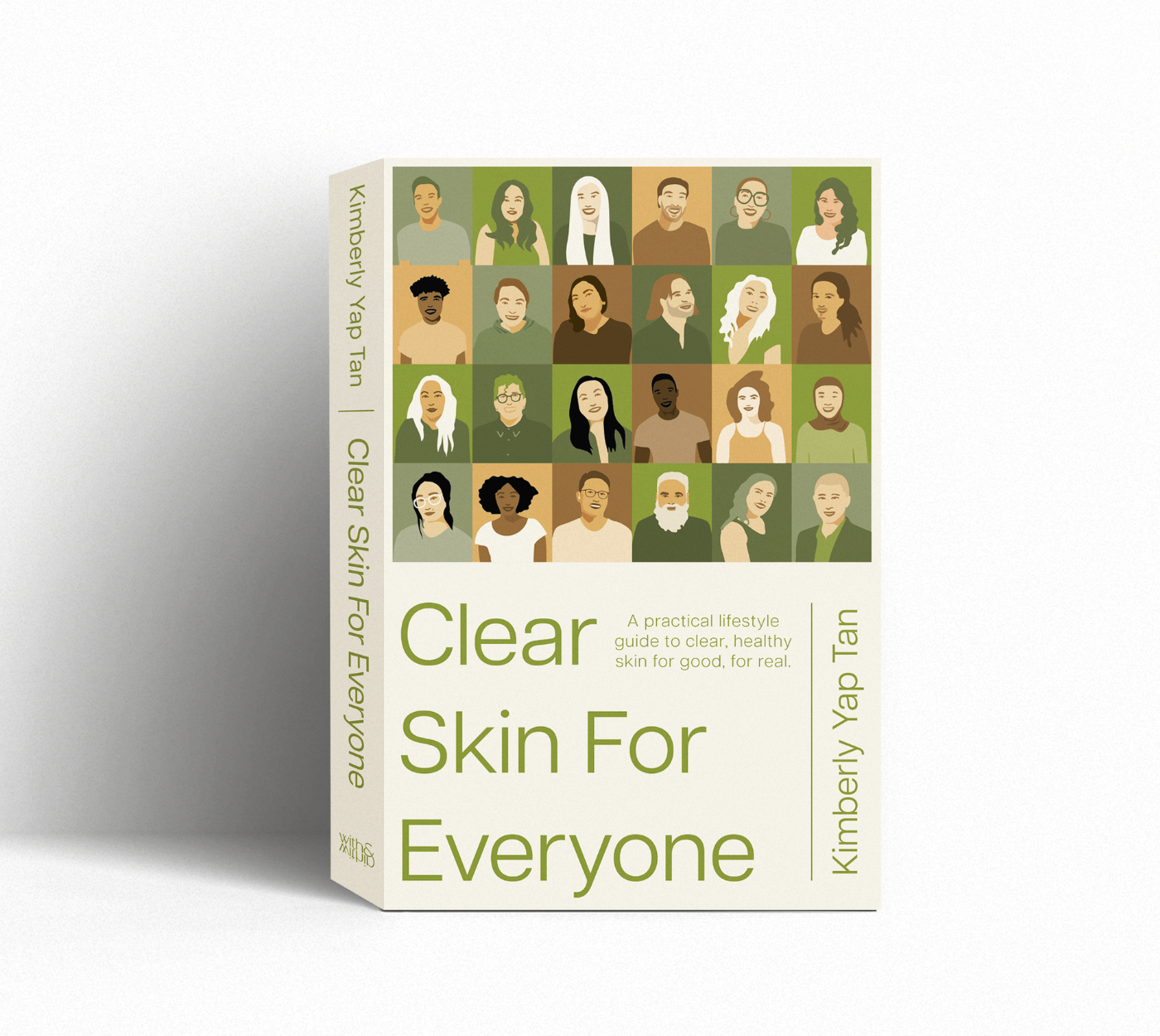
how to buy skin products for acne

if you want to do this right, there's a bit you need to know and understand to make up a successful set of products to clear your skin. let's get this basic understanding out of the way so we can get on to shopping!!
acne is a condition, not a skin type.
you can have acne AND have dry skin. or have acne with mature, oily skin. or have acne with combination skin that's also sensitive. but acne-prone skin doesn’t mean you just have “acne skin”. this distinction is important to remember when shopping for products, and assembling a proper skin regimen.
acne-prone skin isn’t always oily.
contrary to popular belief, acne skin isn’t always oily. in my practice, i’ve seen the ratio to be more like 60% combination/normal to oily, 35% normal to dry and 5% truly oily. these will also change within the same person according to season and climate. and although new clients most came in initially sensitized from using overly aggressive skin products, i’ve actually only seen less than 2% be truly sensitive skin types.
acne doesn't mean you need to dry the hell out of your skin.
most people believe that any oil on the skin is bad; so much so that they aim to dry their skin out as much as possible, which isn’t good. most products that are directly marketed towards acne also help to fuel this silly expectation. if the skin is too dried out (a.k.a. dehydrated), little cracks in the skin can form, allowing pathogens and bacteria to enter the skin (like in the case of MRSA infections, or plantar wart viruses).
constipated pores - it's a thing.
more importantly for those with acne, dehydrated skin poses another problem: constipated pores. without any lubrication to help ease them out, acne seeds stay stuck in the pore. adding more exfoliation (instead of moisture) will make the dry peeling skin worse, the seeds won’t budge and you’ll likely have very irritated, sensitized skin to boot.
what you'll likely find on the market.
products specifically targeted and marketed towards acne are pretty much always either:
- super drying (benzoyl peroxide, sulfur, various clays),
- exfoliating (acids like salicylic or glycolic), or
- calming - they aim to reduce redness or inflammation but don’t do anything about the acne itself, especially green ingredients like algae, seaweeds, or spirulina. these ingredients can often cause acne to form too, because of the iodides contained in them.
tea tree is a big one in the “natural” world.
this ingredient doesn’t neatly fit into any category above, but i wanted to mention it for those who were gonna ask about it: yes it’s mildly antibacterial, can help speed healing and reduce inflammation. we actually use it as a spot treatment for in-clinic facials but only after an extraction, or in lieu of one to calm. but, using it alone is not going to make the acne-causing seed from your pores jump out, which is necessary to get your acne to completely go away.
this means tea tree can help acne be less terrible, but likely won’t get completely rid of it using it on its own.
however, if inflammation comes down, the skin is allowed to do its natural thing - regenerate - so the seed may naturally, slowly and eventually work its way out of the skin through this process; but will likely need an exfoliant to do this before the pore gets inflamed.
good products that'll actually clear your skin should be:
- acne-safe, to prevent new acne from forming
- active (a.k.a. exfoliating), to get rid of existing and prevent new acne from forming, in a gentle yet effective way and
- appropriate for your skin type, to avoid over-moisturizing or over-drying the skin.
finally, the components of a basic skin regimen for acne-prone skin should include:
- a cleanser that's right for your skin type.
- ice, more info on this here.
- an exfoliant. this could be in the form of a toner or serum, but rarely a scrub.
- a moisturizing sunscreen for day
- a moisturizing lotion or cream for evening
a few extras, in case you need them:
- a silicone ice pop mold. this helps you ice for longer, because your fingers won't freeze. it also helps you time your icing without having to keep track of the clock.
- makeup removing wash cloths, which will take off stubborn things like waterproof eye makeup and physical block sunscreen.
- toner pads. these are a huge game changer! they soak up way less product than 100% cotton pads, so more of the toner ends up on your face instead of the trash. there's also no fabric fuzz left behind, which is helpful for those with facial hair.
- acne-safe makeup or coverup, in case you wear it.
MIND THE GAPS
if you did a product check and audited your stash, chances are you've got a few gaps to fill. it's fine to buy only what you need while using up the rest of what made it through your audit, and replace them with acne-safe choices as you finish them up. just remember that although ingredient lists can look safe, you won't know for sure they are until you actually test them on your skin. if you want to bypass any guesswork, you can buy and exclusively use skinSALVATION products to get clear, quickly.
i hope these learnings and tips help you get a better idea of what to look for in your skin regimen. a properly balanced and effective one is so effective that one can clear up most cases of acne, even before lifestyle changes are implemented.
be sure to check out our other posts like:
• sensitive vs. sensitized skin
• how to take before and after photos to document your skin's progress
--
image by mathilde langevin on unsplash



